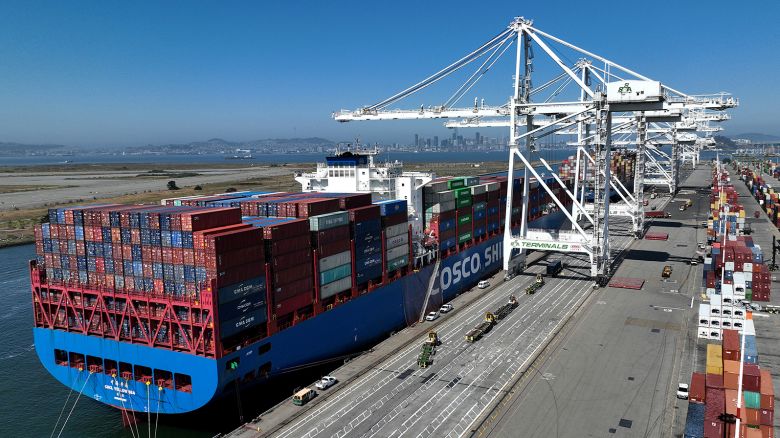Ahead of two key inflation reports what would a soft landing

Since the Federal Reserve began its latest fight against inflation in March 2022, the case for a US recession has been slowly eroding as inflation eases and the economy holds remarkably steady.
Bank of America joined Fed economists in rescinding their recession forecast last week, becoming the first major Wall Street bank to do so.
The Fed has only managed to suppress inflation once in the past 60 years, although some research suggests it has done so more frequently. A soft landing prevents the economy from going into recession. Apart from simply avoiding a recession, it’s not clear how a soft landing would affect the economy.
What would the job market and economic growth look like? How does one even declare that the Fed achieved a soft landing after defying the odds?
According to economists, a soft landing means the absence of a recession, as determined by the National Bureau of Economic Research (NBER). Thus, gross domestic product, the broadest measure of economic output, cannot fall for more than a few months at a time. As well as employment, household income, and industrial production, it’s one of the key data points the NBER considers when making a recession call.
Due to the fact that consumer spending accounts for about two-thirds of US economic output, a dramatic decline in consumer spending would inevitably have a negative impact on GDP. As a result, spending and economic growth usually go hand in hand.
The consumer spending trend has been supportive of overall GDP growth and business investment to some extent, even though they have trended slower, according to Kayla Bruun, senior economist at Morning Consult. I am waiting for the NBER to determine whether the US has officially entered recession, which might not happen for several months or even a year after the fact, so we won’t know if we’ve had a soft landing until then.”
US economic growth, as measured by gross domestic product, has averaged more than 2% annualized in the first two quarters of the year. According to the Atlanta Fed’s real-time GDPNow tracker, GDP grew at an astounding 3.9% annualized rate in the third quarter. US economic conditions would have to sharply deteriorate in the coming weeks for a recession to begin, which is highly unlikely.
The job market must remain intact during a soft landing. Therefore, unemployment should be low and job growth should be strong (but not too strong).
According to Julia Pollak, chief economist at ZipRecruiter, 4% unemployment is a kind of magic dividing line because when unemployment falls below 4%, a lot of positive things happen in the economy. With unemployment below 4%, we see participation (in the job market) pick up because the labor market is sufficiently tight for employers to raise wages, improve benefits, improve working conditions, and recruit more broadly. According to Pollak, a soft-landing labor market would be similar to the one experienced between 2015 and 2019.
